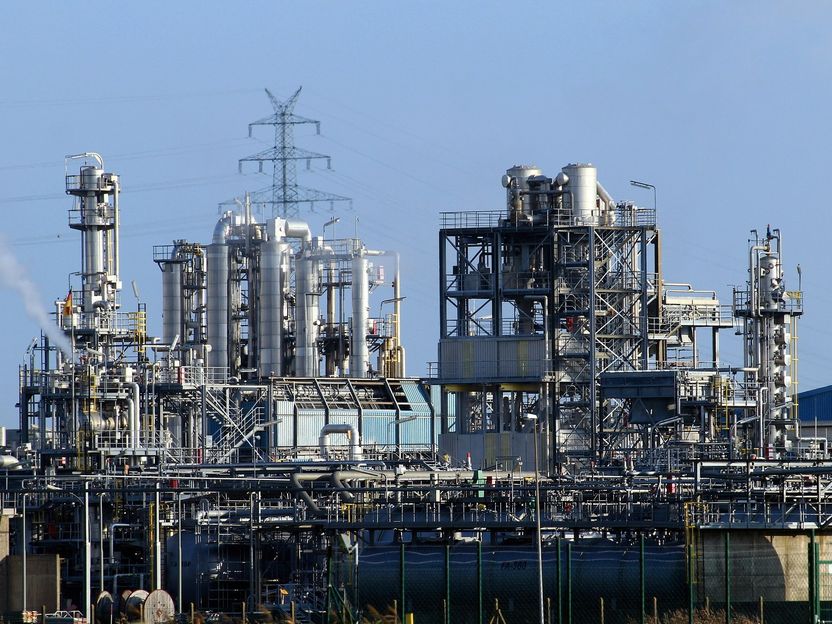Mega Deals Reshape the Chemicals Industry
Advertisement
Record-high M&A activity is set to transform the chemicals industry in 2017, according to A.T. Kearney’s new Chemicals Executive M&A Report. More than $300 billion of chemicals M&A deals are in the pipeline of which four pending mega deals represent 75 percent. Each of these large deals (Dow-Dupont, Bayer-Monsanto, ChemChina-Syngenta, Praxair-Linde) is valued between $40-70 billion, two to three times larger than any single deal seen in the past 10 years.

FraukeFeind, pixabay.com, CC0
“The planned mega deals highlight a broader trend of diversified chemicals companies shifting their portfolios toward more pure play models. This shift is incentivized by the higher multiples investors award to these types of chemicals companies and a quest to reap the benefits of increased market reach, capabilities, and efficiency,” says Dr. Joachim von Hoyningen-Huene, partner at A.T. Kearney and co-author of the report.
“In value chain after value chain, chemicals companies have focused their portfolios, challenging the traditional chemicals conglomerate model, as seen with Dow and DuPont’s merger and split into three focused entities. PPG’s proposed combination with AkzoNobel is another powerful example of how leading companies are leveraging M&A to change the dynamics of their value chains and accelerate the trend toward pure play models,” adds Dr. von Hoyningen-Huene.
Globally, China and the United States represented 44 percent of all chemicals M&A deals in 2016. The activity of Chinese acquirers has steadily increased and made China the number one country of origin for transactions, representing 24 percent of all deals. Chinese Chemicals M&A is driven mainly by domestic consolidation (20 percent of all global deals) and acquisitions of Western technology leaders.
More than 80 percent of chemicals executives surveyed for the A.T. Kearney report identify access to advanced technologies or application know-how as the main drivers for continued strong international M&A. In contrast, 37 percent say economic volatility is the largest potential impediment to future M&A growth.
“With new levels of uncertainty brought on by political upsets such as Brexit and the US election, chemicals companies are facing difficult questions about what their business environment will look like in the next 12 to 24 months. Despite these uncertainties, fundamentals support continued strong chemicals M&A activity in the year ahead with further consolidation of more chemicals value chains,” concludes Guttorm Aase, principal at A.T. Kearney and co-author of the report.



























































